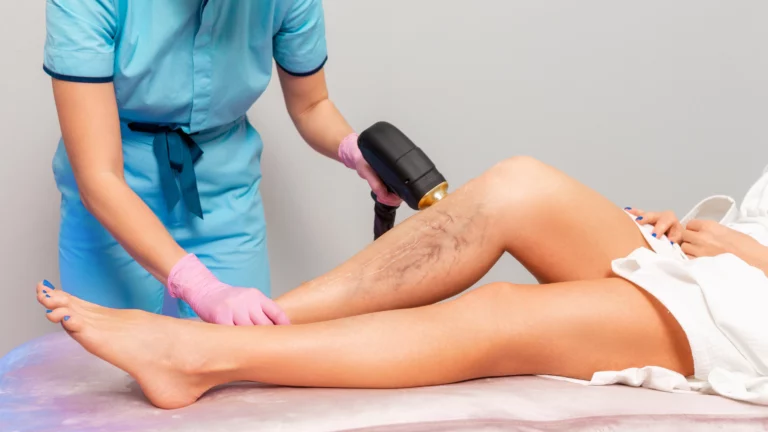Spider veins, medically known as telangiectasias, are small, dilated blood vessels that appear close to the surface of the skin. Often manifesting as red, blue, or purple lines, these veins can create web-like patterns, particularly on the legs and face. While typically harmless, spider veins can be aesthetically displeasing and sometimes cause discomfort or itching. Sclerotherapy has emerged as a highly effective treatment option, offering significant benefits for those looking to eliminate these unsightly veins. Sclerotherapy is a minimally invasive procedure that involves injecting a solution, often a saline-based or detergent sclerosant, directly into the affected veins. This solution irritates the lining of the blood vessels, causing them to collapse and stick together. Over time, the body naturally absorbs the treated veins, leading to a visible reduction or complete disappearance of spider veins. One of the primary advantages of sclerotherapy is its high success rate. Studies have shown that sclerotherapy can eliminate between 50 to 80 percent of treated veins, providing substantial aesthetic improvement and boosting patients’ confidence.

The procedure is relatively quick and can often be completed in less than an hour, making it convenient for individuals with busy schedules. Unlike surgical interventions, sclerotherapy does not require anesthesia, and patients can resume their normal activities almost immediately after treatment. Some may experience minor side effects, such as bruising, redness, or swelling at the injection site, but these typically subside within a few days to weeks. This quick recovery time is a significant benefit for those who seek an effective yet low-impact solution to spider veins. Another notable benefit of sclerotherapy is its versatility. It is not limited to any specific age group and can be tailored to address various types and sizes of veins. This adaptability makes it an excellent option for a wide range of patients, from those with small clusters of spider veins to those with larger, more prominent ones. Additionally, sclerotherapy can be used to treat veins in different parts of the body, not just the legs. For example, patients with spider veins on their face, hands, or other areas can also achieve satisfactory results. Cost is another aspect where sclerotherapy holds an advantage. Compared to surgical options, sclerotherapy is generally more affordable. While multiple sessions may be required to achieve optimal results, the overall expense is often less than that of invasive surgical procedures.
The psychological benefits of sclerotherapy should not be underestimated. Spider veins can significantly impact an individual’s self-esteem and body image. The appearance of these veins can make people feel self-conscious, leading them to avoid wearing certain clothing or participating in activities they enjoy and go to the website. By effectively reducing or eliminating spider veins, sclerotherapy can restore a sense of normalcy and confidence. Patients often report feeling more comfortable in their skin and more willing to engage in social and physical activities post-treatment. As with any medical procedure, it is important to consult with a healthcare professional to determine if sclerotherapy is the right choice based on individual circumstances and health conditions. Nonetheless, for those seeking to banish spider veins and improve their quality of life, sclerotherapy stands out as a promising and effective solution.
